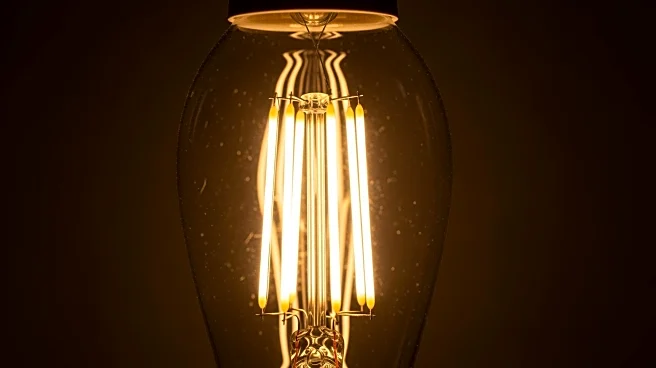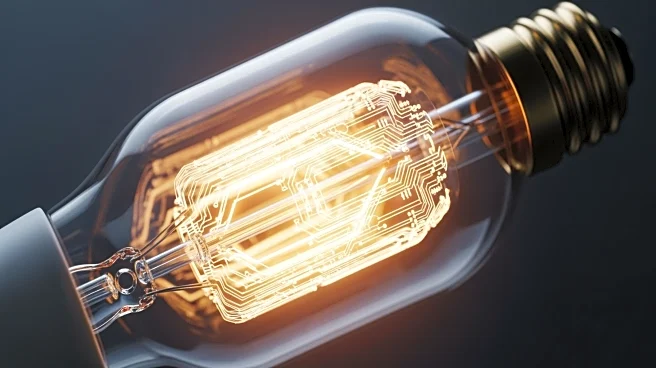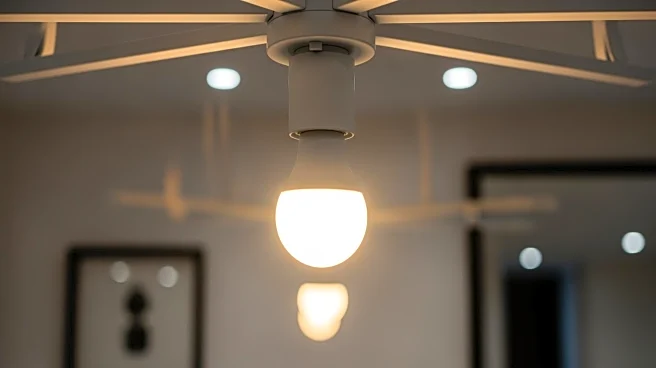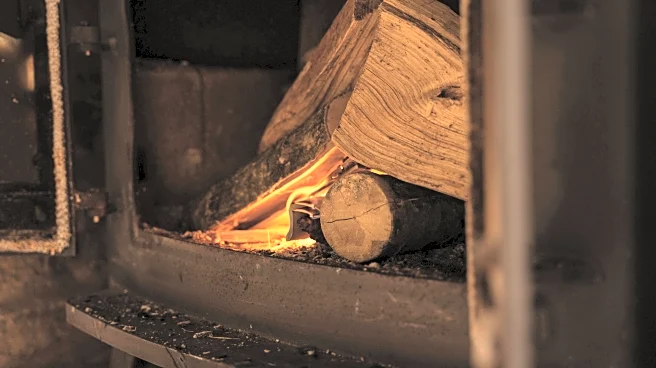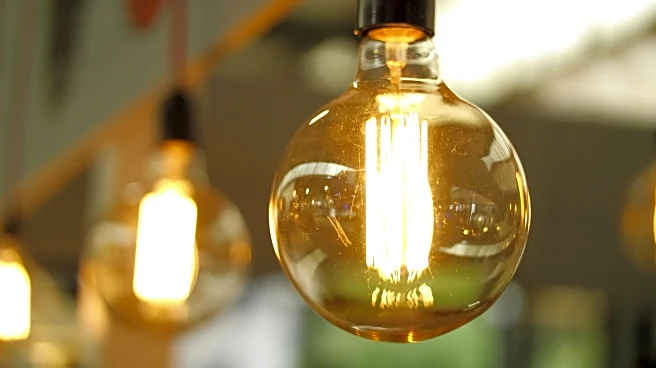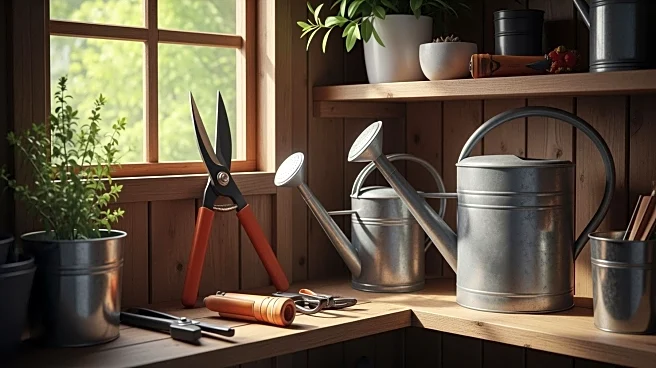What's Happening?
LED bulbs are marketed as long-lasting and energy-efficient, but many consumers find themselves replacing them more frequently than expected. The lifespan of LED bulbs is often overestimated due to broad
averages used in testing. Factors such as overheating, poor installation, and environmental conditions can lead to premature failure. The internal components, particularly the drivers and converters, are susceptible to damage from heat and electrical inconsistencies, which can shorten the bulb's lifespan.
Why It's Important?
Understanding the factors that affect LED bulb longevity is crucial for consumers looking to maximize their investment in energy-efficient lighting. LED bulbs are more expensive upfront compared to incandescent bulbs, so ensuring they last as long as advertised is important for cost savings and environmental benefits. Consumers can take steps to mitigate issues, such as ensuring proper installation and choosing bulbs with quality components.
What's Next?
Consumers may need to consider upgrading their home electrical systems or using LED-specific dimmer switches to improve bulb performance. Manufacturers might focus on improving the durability of LED components to enhance reliability. As awareness grows, consumers may demand more transparency in lifespan claims and better quality control from manufacturers.
Beyond the Headlines
The shift to LED lighting represents a broader trend towards energy efficiency and sustainability. As technology advances, the lighting industry may see innovations that further reduce energy consumption and improve product longevity, contributing to environmental conservation efforts.
